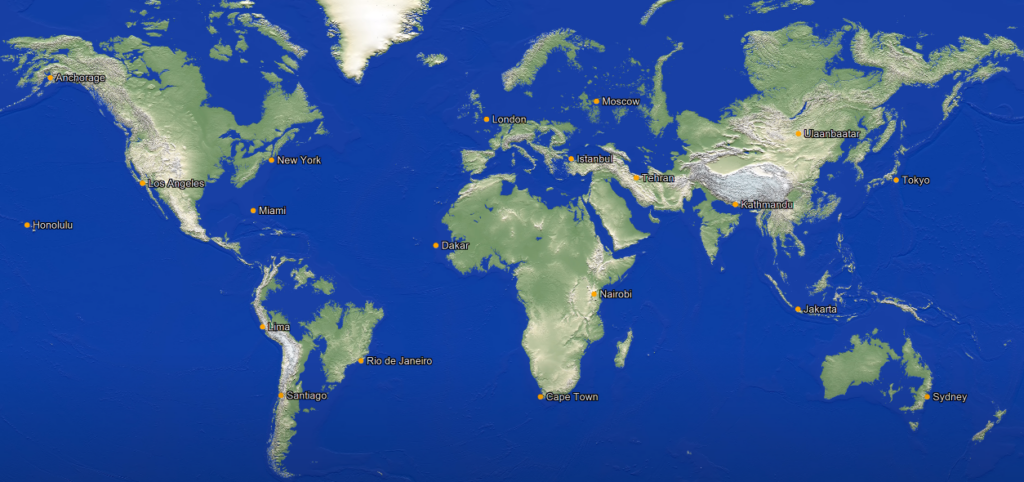latest spaceweather news.
www.sux.org.uk
Locate your own TRUTH
Coming soon to an earth near you
Solar minimum or Solar maximum
A Grand Solar Minimum? What Do The Experts Say? What Do The Facts Say? Why Should I Care? 7P’s
What may happen ?
here is another video explaining possibilities of the effects from a magnetic reversal or traversal hope you enjoy
Suspicious Observers Disaster cycle Q&A
Just a Quickie :)

Past Civilisations

all our past detrius ie FOSSIL fuels are made thanks to a tsunami surely not only myself can see patterns here

More info on the upcoming pole shift
More information on the upcoming pole shift.
Flood ? but how long ago and how advanced were we
Fucking factcheckers
posted this video from Russel Brand.

It is a good job that all people under the age of 18 find facebook an intrusion and supplier of lies and will hopefully fail faster than a ponzi scheme when the people see how much of their own data has been changed to follow a narrative. #fuckfacebook
